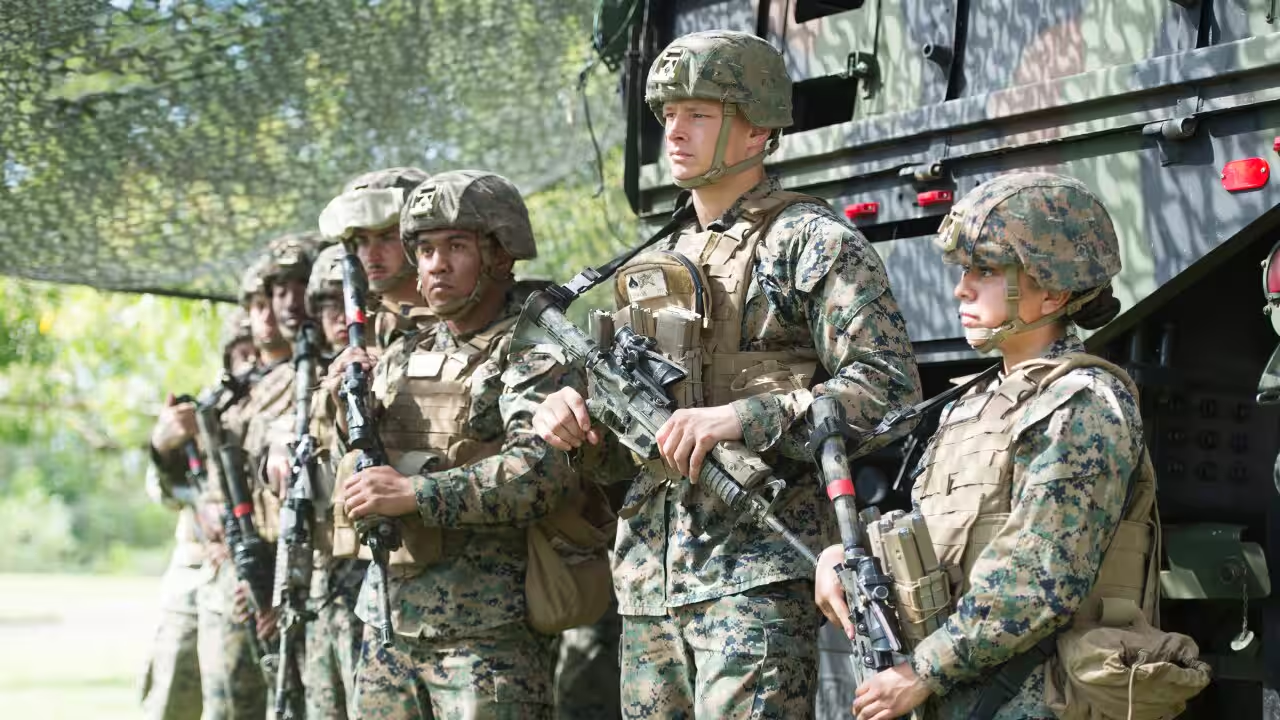Australian Defense Minister Richard Marles announced Sunday that Japanese troops will regularly deploy to northern Australia
About 2,000 U.S. Marines are stationed in Darwin, the capital of the Northern Territory, for six months each year.
The deployment is in response to growing worries among Washington and its allies about China’s increasing military strength in the Indo-Pacific region.
“Having a more forward leaning opportunity for greater training with Japan and the US together is a really fantastic opportunity for our defense,” Marles said after a meeting with his US and Japanese counterparts, Lloyd Austin and Gen Nakatani.
Alliance against Chinese threat
Japan’s Amphibious Rapid Deployment Brigade, an elite marine unit, will be deployed to Darwin to work and train alongside Australian and US forces regularly.
“It is a very important statement to the region and to the world about the commitment that our three countries have in working with each other. This is going to build interoperability between our three countries,” Marles said.
The partnership would increase intelligence “surveillance and reconnaissance activities” between the three countries, which will “advance our goals for a secure and peaceful Indo-Pacific,” Austin said.
The last such meeting was held in Singapore earlier this year. The nations jointly expressed opposition to “any destabilizing and coercive unilateral actions.”
In September, China launched an intercontinental ballistic missile that landed in the Pacific Ocean. This caused worries among several Pacific nations, including Australia.
Australia is developing its surface fleet and also plans to deploy nuclear-powered submarines in a tripartite deal with the United States and Britain known as AUKUS.
The recent re-election of Donald Trump as President of the US has caused some concern about existing pacts. But Australian officials are confident that the pact will remain. Austin said the Defense Department was focusing “on a smooth and effective transition” to the new administration.





